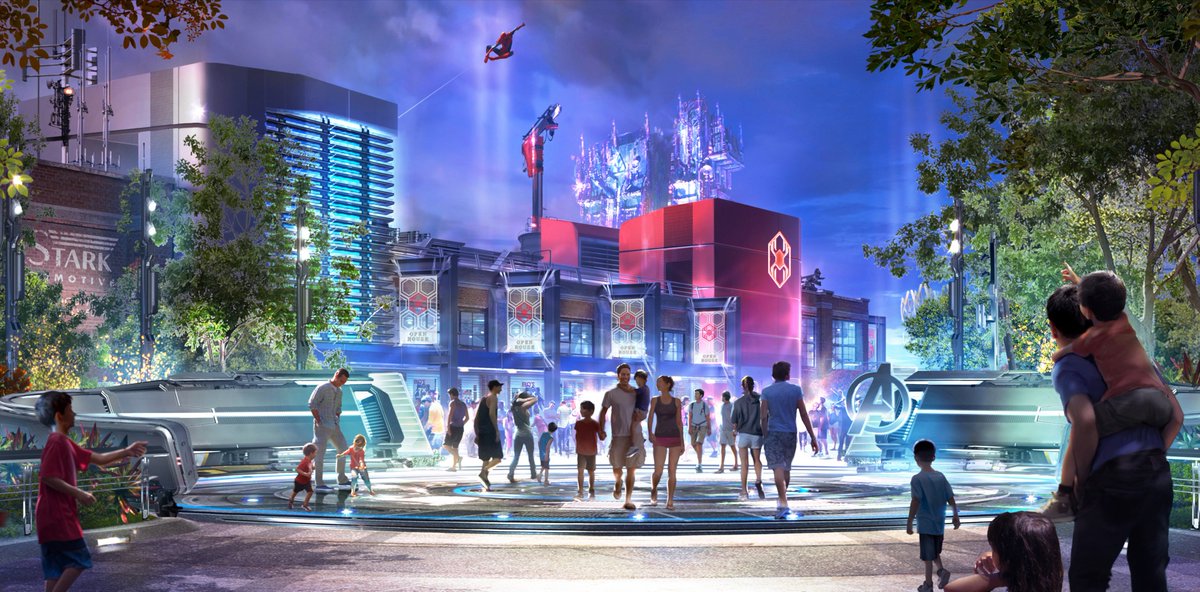Longer track does not equate to higher throughput.
Here's a bad analogy.
I have a shop. It's very nice. I also have a unique door system that, for safety reasons, automatically allows 10 people in, every 30 seconds. So, after an hour, the max people that can enter my store is 1,200.
(10ppl - every 30 seconds = 20ppl per minute x 60min = 1,200 ppl per hour)
Now. I was the beneficiary of a wealthy old man who died and gave me all this money. I decide to expand my shop. It's still very nice. HOWEVER, I am still using the same door system as before, 10 people, every 30 seconds. So even with an expanded store, I am still only able to allow 1,200 people in per hour. But, having a larger store does give me the illusion that I have a higher throughput because more people are in my store at any given time than before. But, its still just those same 1,200 people.
In this scenario, the only way for me to increase my capacity is to:
a) add another set of doors
b) figure out a way to allow my current doors to let it in more people at a time
c) demolish my store and use the money to buy property in the Hamptons.



